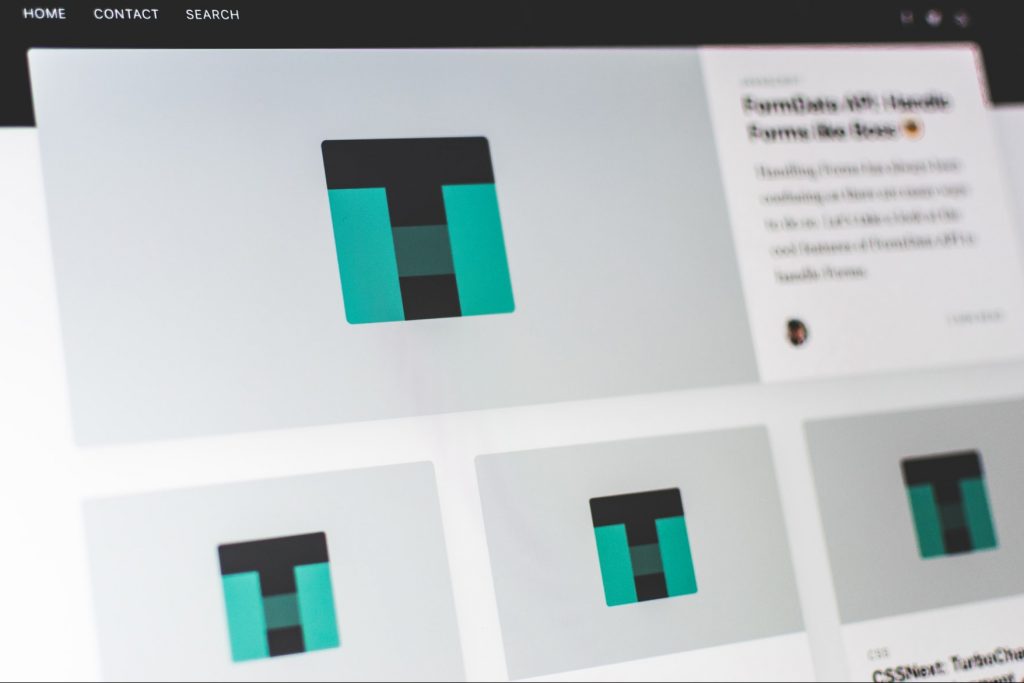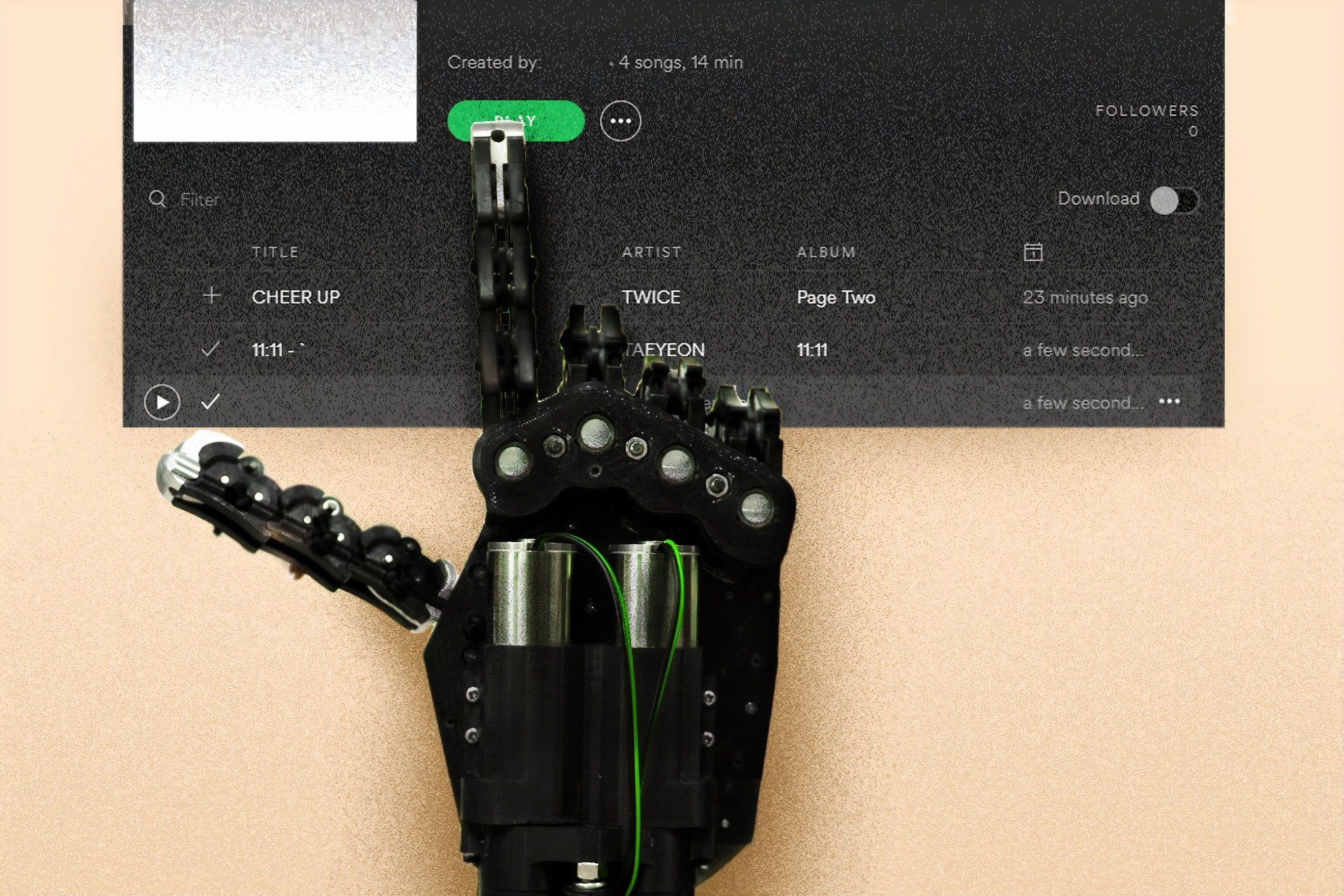
Single page applications: How to create successful software?
Table of Contents
Although Single Page Applications seem to be a novelty in the industry – this is the wrong approach. It is worth knowing that this type of sites can be created for about a decade now, but only now can we talk about the full trend indicating SPA. So, what are Single Page Applications, how are they created and when are they worth having? You will learn this from our article.
Single Page Applications usually look impressive, but they are not always a good choice for you. Therefore, before deciding whether your website (or any project you are working on) will be created as part of the SPA idea, you need to think about it well. It is not worth doing certain things just because “this is the fashion” and “this is how you do it now”. It’s worth keeping your business goals in mind and following them.
So, what are Single Page Applications? When you go to any website, you see that you are navigating a certain “branch” of individual subpages, which you can return to using the navigation tools in your browser. With navigation elements at your fingertips, you can follow this path in some way. In the case of Single Page Applications, however, you can’t say that you’re following that “path”. The navigation buttons are useless and the content recharges on the page depending on what you currently need. A website behaves more like an application than a “book” that you navigate through with your browser. This is a fundamental difference to remember. The purpose of websites created in the idea of SPA is to create a friendly and comfortable environment for the user.
SPA-type websites also have the same elements as typical websites (buttons, links, text fields), but their behaviour towards the browser is completely different. A move to a different view does not necessarily mean that the browser recognizes this as a move to a new page (although this functionality can be preserved through scripts). The user has the impression that he or she is on a single page, to which only the content is added – he or she does not move to completely new areas.
Resources that are needed to run the application (website) are downloaded during the user’s first visit or added to it (when additional components are needed). As we mentioned earlier, the History API in HTML5 allows you to control the “Back” button in your browser – then we avoid a situation where you are simply lost on our site when the back button does not work as you expect. This approach is widely used throughout the industry and is seen as “good practice”.
Why has Single Page Applications never been so popular? The problem was that search engines had a lot of problems with sites where content building was done using JavaScript. Nowadays, no major browser shows this problem and correctly indexes also sites with a lot of JavaScript (as in Single Page Applications).
Read also: Guide to Different Types of Tokens on the Crypto Scene

Examples of Single Page Applications:
In the case of Single Page Applications, it is not difficult to point out very strong examples. Actually, every social networking or streaming site is a “Single Page Application”. Twitter, Facebook, Spotify, YouTube can be called such sites. By the way, we’re dealing with a certain, very unfair myth – Single Page Applications aren’t just ideal for simple projects. They also work well in the context of very complicated websites (and yet social media is definitely one of them!). Imagine that you are using Facebook as part of a typical website design.
All the time, your browser has to “overtake” entire subpages, which negatively affects the performance of the whole platform. This is not a pleasant prospect, right? Twitter, which is much less complicated than Facebook, also uses the SPA approach – but that makes it seem very “light” and “pleasant to use”. We don’t feel that it’s sluggish or very long to process your requests. Also Spotify or other streaming services work perfectly within the SPA concept.
It is worth looking at the special case of the use of SPA – Google Maps! The browser version of the very popular map service is a crowning example of how Single Page Application can be used in practice. The user can use appropriate buttons, fields, commands to change what is displayed on the page (the link on which the user is currently working also changes dynamically). In addition, you get a very pleasant transition and the impression of a “smooth” whole interface. Additionally, it is very fast and extremely legible. Users love to use Google Maps also in their browser and this service is one of the most interesting cases of using Single Page Applications.
Single Page Applications – possible problems
In fact, the only problem that needs to be addressed when creating SPA-based websites is that they will be incompatible with older versions of websites. If you think that owners of much older machines with very old versions of browsers will not try to use our site – the application – then you should not worry about it.
Much has been said about the fact that Single Page Applications is a creation on which it is much more difficult to conduct effective analysis. Very often, analytical tools are based on events such as going to a particular page, refreshing a particular subpage. In the case of a website based on the idea of SPA, some analytical tools will not be able to work properly, which can be quite a problem for marketing departments that deal with analyzing the results of the website and choosing appropriate strategies. It is worth considering before creating a website whether we intend to conduct extended analysis.
The most important analytical tool used on websites is Google Analytics – here we point out that there are no contraindications for this very tool to work properly on a website based on the idea of SPA. Of course, it requires more work of programmers and taking into account many important factors, but it is not an impossible task. There are many websites where Google Analytics works correctly and is still a source of very important information about the condition of the whole website. However, as we mentioned, this requires more work than conventional websites. In short, analytics is difficult in Single Page Applications, but it is absolutely not impossible to introduce.
What are the advantages of the SPA pages?
First of all, it is worth noting the visual advantages – Single Page Applications tend to be much more user-friendly, they are better received, and it is possible to implement solutions that allow to improve the user experience. Smooth transitions masking recharging elements, interactive elements (applied dynamically) and pleasant animations are something that always speaks in favour of a website.
It is worth mentioning that Single Page Applications (well optimized ones of course – and we create them in Concise Software!) work faster and more securely than conventional websites. User Experience is at a much higher level, and you get less load on the server that handles user requests. What’s more, SPA sites generate less load for the client device, and by the way, the cost of creating them is no higher than for “normal sites”. As we pointed out above, the only problem is that SPAs actively use a lot of modern APIs and have very strong JavaScript references, so that older browsers may have considerable problems with handling the site, which should be treated as an application.
And finally, SPAs can be a great multi-platform tool – due to their seamless scalability, it is possible to adapt SPA on any device (and run it). Thus, we don’t have to close to one platform (for example, Windows, iOS, macOS, Linux) – actually any browser that supports modern APIs and is able to support JavaScript will be able to work with our website / application embedded in the Internet. The subject of hardware requirements is eliminated, as we have indicated, there is less load on the client device with appropriate optimization.
These are huge added values, which should be kept in mind when considering SPA type websites. Additionally – we are not worried about multi-platformity and adaptation of our website to different operating systems – what we create once will work for everyone.

Don’t make those mistakes. Here are examples of misconceptions in the context of SPA:
First, creating a Single Page Application doesn’t mean we’ll pay more. It’s just a bit of a “different approach”, not a completely new, separate technology. You may even find that you will pay less with Single Page Application (however, it usually happens that the estimates for a conventional website and a SPA are very similar). However, a lot depends on what we want to create and what we want to include in the project. In short, SPAs aren’t more expensive than conventional pages, it’s nothing to be proud of and it’s not worth listening to.
As we have shown above, an analysis is not impossible. However, it is worth noting that due to the specific behavior of some tracking scripts and tools, it can be difficult. We have raised the example of Google Analytics – still one of the most important tools for conducting analytics. In the history of Concise Software, we have created many SPA sites that have been perfectly adapted to Google Analytics and have managed to achieve 100% compatibility between the sites and Google Analytics. Yes, it requires more effort than conventional sites, but once again, this is not an impossible thing to jump over.
It is also said that creating a website as part of the SPA idea condemns it to worse results in search engines. This is also something that is not worth listening to – it is wrong and it introduces a lot of chaos in the meaning of Single Page Applications. Search engines such as Google, Bing, DuckDuckGo, and many, many others are great at websites where content is generated through references to JavaScript. There is no major problem with that. But, as in the case of any website, it is worth remembering that incorrect creation of a website, not taking care of its proper structure and the most important elements (good practices) in positioning may cause our website to be low in search results.
How these results will look depends solely on us, on our efforts and on our idea of what this website should look like in search engines. If any company explains to you that the problem in the presence of your website in the search engines is that it is a SPA – it is simply trying to fool you. This has nothing to do with reality. You can have a SPA and make such a site appear very high in the search results – but you need to know how to do it. Concise Software can share this knowledge with you!
Summary – you already know everything about Single Page Applications
We are happy to share our knowledge about Single Page Applications. We believe that what we do makes sense – we like to share our experience and show certain aspects of programming in a simple way.
It’s not worth worrying about Single Page Applications – it’s a great trend that allows you to create beautiful, functional and above all – user-friendly websites that benefit their owner. There is nothing better than a satisfied user of our solution – this is how to approach the created websites. Single Page Applications is a chance to create a solution that will be liked by our customers, and additionally it will mean specific benefits for us.
What can Single Page Applications do for us? They will certainly be more economical for our server, will not be problematic to maintain, and what is worth mentioning – they will not drain our wallet. It is not true that such websites are much more expensive than conventional websites.
There are many myths on the market about the idea of SPA – among others, that such sites are less well positioned and that it is impossible to use analytics in their case. A well created Single Page Application will position itself just as well, and with a little effort of programmers, it is possible to implement a working, appropriately effective analytics, which will bring us measurable benefits in the future. So it is not worth worrying about Single Page Applications – it is not only a trend, it is also a chance to provide even better solutions to our customers. We invite you to contact Concise Software about Single Page Applications – we transform our customers’ ideas into perfectly working, beautiful looking products.
Read also: IoT Design: These are the principles you have to remember
 Single Page Applications – a way to create interesting and pretty websites
Single Page Applications – a way to create interesting and pretty websites
In the initial phase of development of the SPA approach, it was considered a “fad”, a momentary fashion. However, the trend for creating multi-platform web applications and the boom associated with the growing importance of HTML5 made Single Page Applications more important. As they have been in use for a long time, they have developed to such an extent that they now represent an equivalent alternative to conventional websites. Single Page Applications are now used not only to create interactive pages – business cards that are primarily intended to present a company or person well.
As we have shown in this article, SPAs are also complex, multifunctional platforms that allow you to send emails (Gmail, Outlook), stay in touch with friends (Facebook, Messenger, Twitter) and plan your trip (Google Maps). The applications that SPA-based websites can have are almost limitless – it all depends on what we intend to implement in them.
Importantly, it’s not that SPA sites are more expensive than conventional ones. By the way, they’re less burdensome for the server and more user-friendly. As part of SPA you can create not only simple applications, but also complex “machines” with a lot of logic in the backend.
At Concise Software, we have created a variety of websites – including those that belong to the SPA circle. Over the years of experience, we have gained knowledge that is extremely useful in creating this type of solutions. We advise our clients, point out important points of their projects and simply put their ideas into practice. If you have an idea for your own project – contact us – we will gladly listen to you and show you the best way! Our experts will take care of your idea as if it were entirely our product. See what we can do for you.
This may interest you:
Cross-platform mobile application – which technology you should choose?
Mobile app development cost – how to create an estimate for your project?
How to make a rapid prototype for mobile apps?
UI for mobile apps – How to create a nice and useful product?
Mobile application – 5 good reasons why you should integrate social media
How to improve your mobile app with conversational UI
What’s the cost of developing a mobile app?
Mobile App Designing: A Step by Step Guide
Investing in a mobile app – 6 good reasons for business to allocate funds
Native app vs. hybrid app – which one should you choose?
Java vs Kotlin: which is better for Android Apps Development?
Wireframe – How to make good wireframes for app development projects?
What is Flutter? Here is everything you should know
JWT authorization: How does it work for web applications?